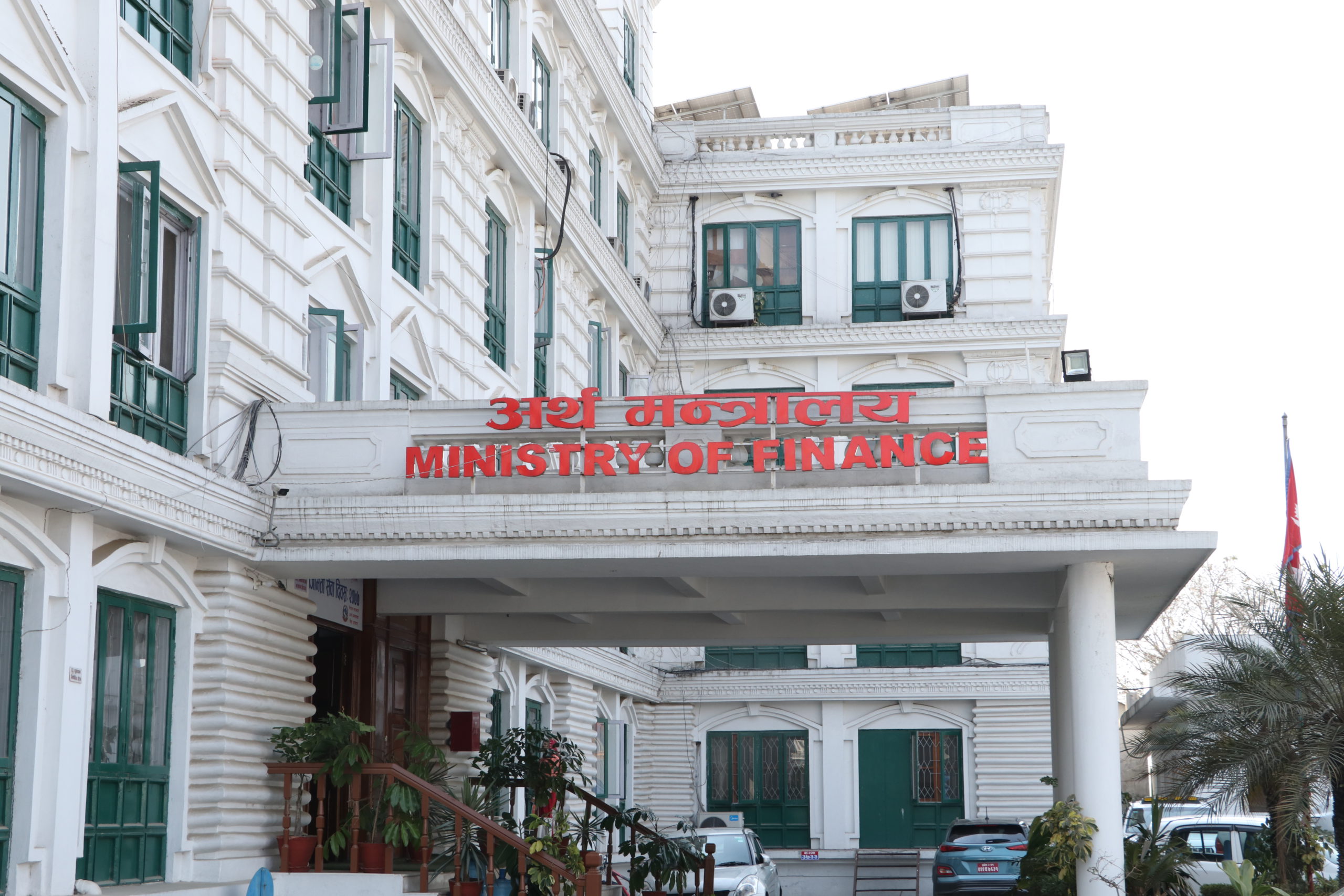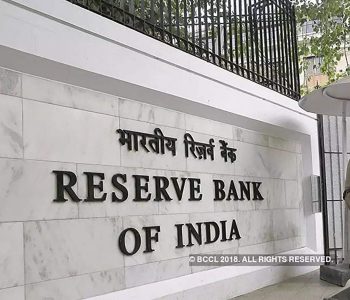Government faces pressure due to revenue shortfall, raises NPR 60 billion in internal loans

KATHMANDU: The Nepalese government is under growing financial pressure as it struggles to meet revenue collection targets, forcing it to rely heavily on internal loans to manage its fiscal responsibilities. By the end of the last fiscal year, the federal consolidated fund had a deficit of nearly NPR 200 billion, prompting the government to start raising internal loans from Shrawan (July/August) to address the shortfall.
As revenue alone is not sufficient to meet its obligations, the Ministry of Finance has already raised NPR 60 billion in internal loans, with various tranches starting from Shrawan 17 (August 2). The government has set an ambitious target of raising NPR 330 billion through internal loans in the current fiscal year, according to the Ministry of Finance.
The government is taking advantage of surplus liquidity and low-interest rates in the banking system to secure loans with minimal interest costs. The current banking system has about NPR 712 billion in investable funds, with an interbank interest rate around 3%, leading the government to begin borrowing early in the fiscal year to avoid future spikes in interest rates.
Ministry officials indicated that borrowing early in the fiscal year is a proactive step, considering the potential for increased credit demand and rising interest rates as economic activity picks up. In previous years, the government typically began raising internal loans in the second quarter, but financial pressure on the consolidated fund has accelerated the process.
In the current fiscal year, the government has planned to repay around NPR 245.78 billion in internal loans and NPR 91.17 billion in interest, amounting to a total payment of NPR 337 billion. Ministry officials said that the government’s early loan raising strategy aims to stabilize interest rates, particularly during periods of surplus liquidity.
“This approach helps maintain stability in interest rates. Currently, excess liquidity in the banking system is pushing interest rates down, and borrowing internal loans now prevents them from falling too far. If liquidity shortages arise in the future, the government can repay principal and interest on these loans to regulate any upward pressure on interest rates,” a ministry official said.
The central bank, Nepal Rastra Bank, reduced its policy rate by 0.5% to 5% to support the government’s loan strategy, resulting in an average interest rate of 4.91% on long-term internal bonds.
The government has already issued several bonds, including NPR 10 billion in 11-year bonds at a 5.28% interest rate on Shrawan 17 (August 2), and NPR 10 billion in 6-year bonds at 5.04% interest on Shrawan 31 (August 16).
However, the interest rates on newly issued bonds have been declining. A 5-year bond issued on Bhadra 6 (August 22) carried an interest rate of 4.91%, while a 3-year bond issued on Bhadra 13 (August 29) had an interest rate of 4.39%.
Sunil KC, president of the Nepal Bankers’ Association, noted that the government’s continuous borrowing has reduced the amount of money that banking and financial institutions place in the Standing Deposit Facility (SDF) at Nepal Rastra Bank. “Due to the investment of NPR 60 billion in government bonds, the amount placed in the SDF has decreased,” KC said, adding that the government is effectively balancing its borrowing with liquidity conditions to avoid major market disruptions.
Although NPR 256 billion worth of applications were received for NPR 60 billion worth of bonds, KC indicated that the interest rates are unlikely to decrease further in the immediate future.
Nepal Rastra Bank currently offers 3% interest on the SDF, but the government is offering an average interest rate of 4.95% on its bonds, making them a more attractive option for banking and financial institutions. These institutions also benefit from zero-risk weight on government bonds, easing capital management.
As the central bank has absorbed NPR 240 billion in liquidity through bonds and deposit collection instruments, the SDF balance of banking institutions has declined. Recent data from the Nepal Bankers’ Association shows that around NPR 30 billion in credit was disbursed to the share market and real estate sector within the first 50 days of the current fiscal year.
The government’s strategy to manage its debt obligations and maintain liquidity is crucial to maintaining stability in Nepal’s financial system, but ongoing pressure on revenue collection presents significant challenges.














Facebook Comment